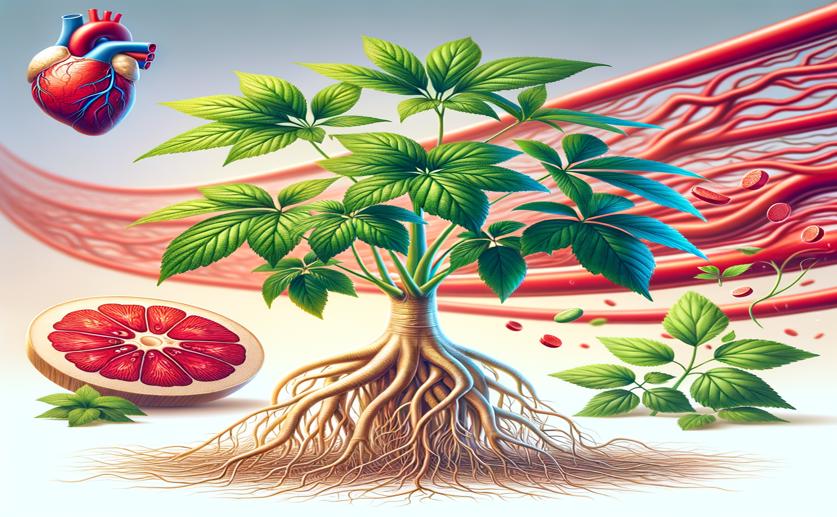
How Ginseng Compounds Help Reduce Blood Vessel Growth in Rheumatoid Arthritis
Jenn Hoskins
6th June, 2024

Image Source: Natural Science News, 2024
Key Findings
- The study by China Three Gorges University investigated the effects of Panax japonicus C.A. Meyer on rheumatoid arthritis (RA)
- Researchers found that total saponins of Panax japonicus (TSPJs) can inhibit the formation of new blood vessels in RA
- TSPJs work by targeting key proteins involved in angiogenesis, reducing inflammation, and preventing joint damage
References
Main Study
1) The antiangiogenic effect of total saponins of Panax japonicus C.A. Meyer in rheumatoid arthritis is mediated by targeting the HIF-1α/VEGF/ANG-1 axis.
Published 3rd June, 2024
https://doi.org/10.1016/j.jep.2024.118422
Related Studies
2) Matrine inhibits synovial angiogenesis in collagen-induced arthritis rats by regulating HIF-VEGF-Ang and inhibiting the PI3K/Akt signaling pathway.
3) The non-major histocompatibility complex quantitative trait locus Cia10 contains a major arthritis gene and regulates disease severity, pannus formation, and joint damage.
Journal: Arthritis and rheumatism, Issue: Vol 52, Issue 1, Jan 2005
4) Genistein inhibits angiogenesis developed during rheumatoid arthritis through the IL-6/JAK2/STAT3/VEGF signalling pathway.
5) Apelin Promotes Endothelial Progenitor Cell Angiogenesis in Rheumatoid Arthritis Disease via the miR-525-5p/Angiopoietin-1 Pathway.



 5th June, 2024 | Jim Crocker
5th June, 2024 | Jim Crocker